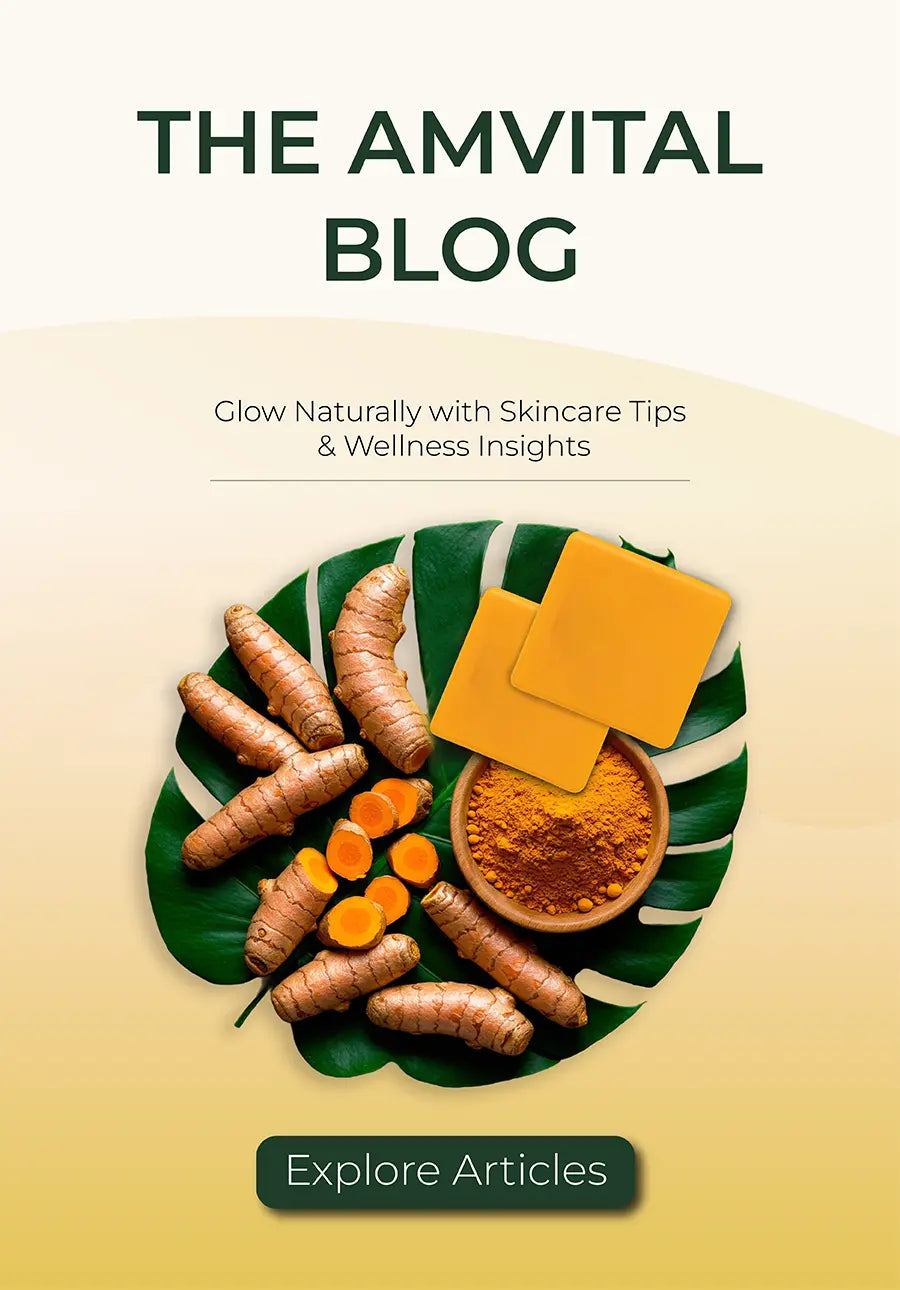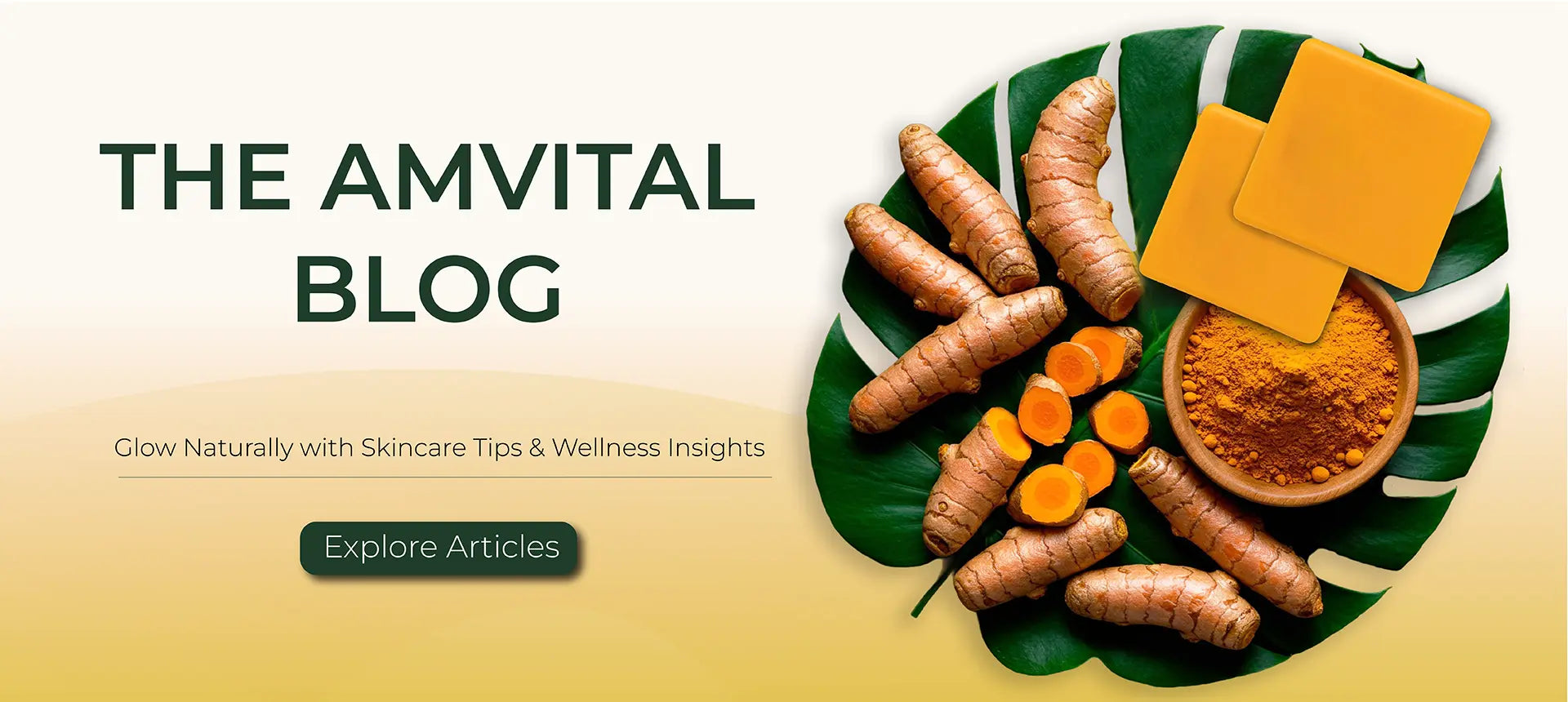Published January 30, 2025
No one likes the moment they notice their first wrinkle. It's a reminder that time doesn't slow down and neither does aging skin. Wrinkle creams are everywhere, promising to smooth fine lines and keep skin youthful. Before trying the next anti-aging solution, understand how these creams work and what to look for before choosing one.
In this article, we’ll explore everything about effective wrinkle creams. Learn about their ingredients and how they work.
What Causes Wrinkles?
Understanding how wrinkle creams work begins with knowing what causes wrinkles. The main culprit? Aging. As we age, the skin's elasticity declines, becoming more fragile due to a natural decline in collagen and elastin, essential for firm, smooth skin.
But aging isn't the only factor. Other influences also play a significant role in the development of wrinkles, such as:
Sun exposure. Ultraviolet (UV) rays break down the skin's connective tissues, accelerating the appearance of wrinkles.
Smoking. Smoking damages collagen and elastin, causing the skin to sag and wrinkle earlier than it naturally would.
Facial expressions. Repeated movements like frowning, smiling, or squinting can eventually lead to fine lines and wrinkles.
Genetics. Genetic makeup also plays a role, as some individuals are more predisposed to wrinkle formation than others.
Knowing these causes can help you make informed decisions about skincare and prevention.
How Do Wrinkle Creams Work?
Wrinkle creams aren't magic, but they can help lessen fine lines and enhance skin tone when used consistently. Most work as moisturizers. They contain active ingredients targeting common skin concerns, including discoloration, loss of elasticity, and uneven texture.
Here's how they work:
Hydrate and plump the skin, temporarily minimizing the look of fine lines.
Boost natural collagen production to improve firmness over time.
Protect against environmental damage with powerful antioxidants.
For the best results, apply wrinkle creams daily for several weeks or months. However, their effectiveness depends on the product's formulation and how well it suits your unique skin type.
Important Ingredients To Look For In Anti-Wrinkle Creams
When selecting a wrinkle cream that works, focus on these powerhouse ingredients to get the best results:
Retinol
Retinol, a potent vitamin A derivative, is renowned for its powerful anti-aging benefits. It stimulates collagen production and boosts cell turnover, helping smooth wrinkles and improving skin tone. The result is a more youthful appearance. However, it may be too harsh for sensitive skin and unsafe for use during pregnancy, so caution is advised.
Vitamin C (Ascorbic Acid)
Vitamin C is a powerful antioxidant. It boosts collagen production and protects skin from free radicals, which come from sun exposure and pollution. Vitamin C also brightens the complexion and effectively reduces the appearance of dark spots. For maximum effectiveness, store vitamin C products in a cool, dark place away from direct sunlight.
Niacinamide
This powerhouse form of vitamin B3 is a true multitasker for your skincare routine. It reduces signs of aging and fades discoloration. It calms the skin and improves its tolerance to other active ingredients.
Bakuchiol
Bakuchiol, a plant-based alternative to retinol, delivers comparable benefits without irritation. Gentle yet effective, it's safe for pregnancy and helps smooth fine lines, even skin tone, and minimize discoloration.
Tranexamic Acid
Tranexamic acid brightens the skin and effectively targets discoloration, including melasma. Always use it alongside sunscreen to maximize its benefits and achieve optimal protection and results.
Azelaic Acid
Azelaic acid is a gentle yet powerful solution, perfect for sensitive skin. It effectively targets acne, uneven skin tone, and fine lines, making it a must-have addition to any skincare regimen. Safe for use during pregnancy, it's an excellent choice for those seeking effective, skin-friendly results.
Essential Factors To Consider When Selecting A Wrinkle Cream
With so many wrinkle creams available, choosing the suitable one can feel overwhelming. To simplify your search, keep these essential factors in mind:
Price vs. value. A higher price doesn't always guarantee better results. Many affordable options can deliver results that rival those of high-end brands.
Active ingredient strength. Over-the-counter wrinkle creams have fewer active ingredients and lower concentrations than prescription options. As a result, their effects may take longer to become noticeable and less significant.
Consistency is key. Achieving visible results takes time and dedication. Use your wrinkle cream consistently once or twice a day for several weeks to see noticeable improvements.
Potential side effects. Always review the instructions and ingredient list thoroughly. Certain creams may irritate sensitive skin or may not be suitable for use during pregnancy. If you have delicate skin, choose hypoallergenic formulas. Opt for non-comedogenic products for extra safety.
Personal skin response. Everyone's skin is different, meaning what works perfectly for someone else might not deliver the same results for you. Stay patient and willing to explore various options until you discover the one that suits you best.
Finding the perfect wrinkle cream is about discovering what works best for you. Follow these tips to find a product that works for healthier, smoother, and more radiant skin.
The Perfect Skincare Routine For Youthful Skin
Maintaining youthful, radiant skin isn't just about using a wrinkle cream. It's about adopting a well-rounded skincare routine. To achieve the best results, carefully follow these steps:
Protect Your Skin From Sun Damage
Sun exposure is a major contributor to premature skin aging. Safeguard your skin daily using a broad-spectrum sunscreen with SPF 30, even on overcast days or indoors near windows. Simplify your skincare routine by choosing moisturizers or foundations with built-in sun protection.
Prioritize Hydration
No wrinkle cream can work its magic on parched skin. Maintain a plump, smooth complexion using a high-quality moisturizer to lock in hydration. This simple step nourishes your skin, helps reduce fine lines and wrinkles, and leaves it looking refreshed and revitalized.
Break Free From Smoking
Smoking speeds up skin aging by limiting blood flow and breaking down essential proteins like collagen. Over time, this results in decreased elasticity and the early appearance of wrinkles. Quitting smoking is one of the crucial steps to rejuvenate your skin and improve your overall health.
Combining these practices with a reliable wrinkle cream can give your skin the proper care to stay healthy, hydrated, and youthful.
Top Wrinkle Creams You Need To Try Today
When selecting a product, look for effective wrinkle creams with powerful active ingredients that suit your skin type. Here are some standout options:
AMVital Turmeric Face Cream For Face & Body
AMVital Turmeric Face Cream is a nourishing blend designed for the face and body. It’s packed with natural ingredients. Turmeric reduces inflammation and brightens skin. Vitamin C boosts radiance and balances the skin tone. Aloe vera soothes and hydrates, and shea butter provides deep moisturization.
These ingredients reduce redness, improve skin texture, and leave the skin soft, radiant, and healthy. Perfect for daily use, it's a gentle yet effective solution for glowing, rejuvenated skin.
No7 Protect & Perfect Intense Advanced Night Cream
Transform your skin overnight with No7's advanced night cream for smoother, firmer, and hydrated results. Clinically proven to reduce wrinkles by 13% in four weeks and boost firmness by 28%. It combines retinol, peptides, vitamin C, and hyaluronic acid.
It increases hydration by 32% in six hours, leaving skin plump and nourished. Lightweight and fast-absorbing, it suits all skin types, including sensitive. Use it as the final step in your nightly routine for radiant, youthful skin.
Fresh Black Tea Firming Corset Cream
Nourish and refresh your face and neck with this luxurious formula. It smooths stubborn lines and deeply hydrates your skin. Packed with peptides, hyaluronic acid, and plant extracts, it reduces creases and delivers intense moisture. Fresh Black Tea Firming Corset Cream is perfect for dry or aging skin.
For best results, apply daily after serum and before sunscreen. This essential addition to your skincare routine offers the extra care your skin deserves to combat lines and wrinkles.
SkinCeuticals A.G.E. Interrupter Advanced
SkinCeuticals A.G.E. Interrupter Advanced is one of the most effective wrinkle creams available. This anti-aging cream targets signs of aging caused by glycation, which weakens collagen. With a formula featuring proxylane, wild fruit flavonoids, and niacinamide, it smooths wrinkles, improves firmness, and restores plumpness over time.
This cream is ideal for all skin types. Dermatologists developed it to deliver proven results for healthier, youthful skin. Apply it twice daily as the final step in your routine.
Ren Clean Skincare Bio Retinoid Youth Cream
Ren Clean Skincare Bio Retinoid Youth Cream is a vegan, cruelty-free moisturizer. It helps firm and smooth skin without irritation. Made with Bidens pilosa, a plant-based retinol alternative, it's gentle yet effective. Red microalgae reduces fine lines while lifting and smoothing skin texture.
It’s perfect for normal, combination, and sensitive skin. Use it morning and evening to achieve a radiant, youthful glow.
Each cream offers targeted benefits. They provide hydration and collagen support. Together, they help reduce wrinkles.
Frequently Asked Questions
Can wrinkle creams eliminate wrinkles?
No, over-the-counter wrinkle creams can help reduce the appearance of fine lines, but they won't completely erase wrinkles. Medical therapies such as Botox or dermal fillers may be a better option for more noticeable results.
How long before you see results?
Most products deliver noticeable results with consistent use throughout 4 to 12 weeks.
Can I use multiple wrinkle creams at the same time?
Using multiple wrinkle creams, especially those with potent active ingredients like retinol, can lead to skin irritation. It’s best to stick to one product or consult a dermatologist for personalized advice.
Are wrinkle creams safe to use during pregnancy?
Certain ingredients, such as retinol, should be avoided during pregnancy. Try gentler, pregnancy-safe options like bakuchiol or azelaic acid. They offer effective skincare without compromising safety.
Embrace Youthful Confidence With The Right Wrinkle Cream
While not miracle workers, wrinkle creams can be a valuable addition to your skincare routine. By understanding their ingredients and matching them to your skin's specific needs, you can enhance your skin's appearance and slow visible signs of aging. For the best results, combine effective wrinkle creams with sun protection, a healthy lifestyle, and professional advice. Your skin and confidence will thank you.
Enjoyed this article? Share it!
Unlock the Power of Turmeric With AMVital Products
Experience the transformative effects of AMVital's meticulously formulated turmeric-infused products. Indulge in the luxurious goodness of our expertly crafted skincare and haircare range. Harness the incredible natural benefits of this golden spice and discover the remarkable power of turmeric. Explore our shop now and unlock radiant, healthier-looking skin and hair. Visit our shop to experience AMVital's finest turmeric products.
This Content Has Been Reviewed For Factual Accuracy
The information presented here has been meticulously checked by our internal experts. To learn more about our rigorous editorial process, you can click here.
About The Author
I'm Corinne Grace, a passionate writer for AMVital.com. I create articles based on sound scientific evidence to help you make healthy decisions. As a nurse, I've been on the front lines, seeing the critical importance of accurate information.























